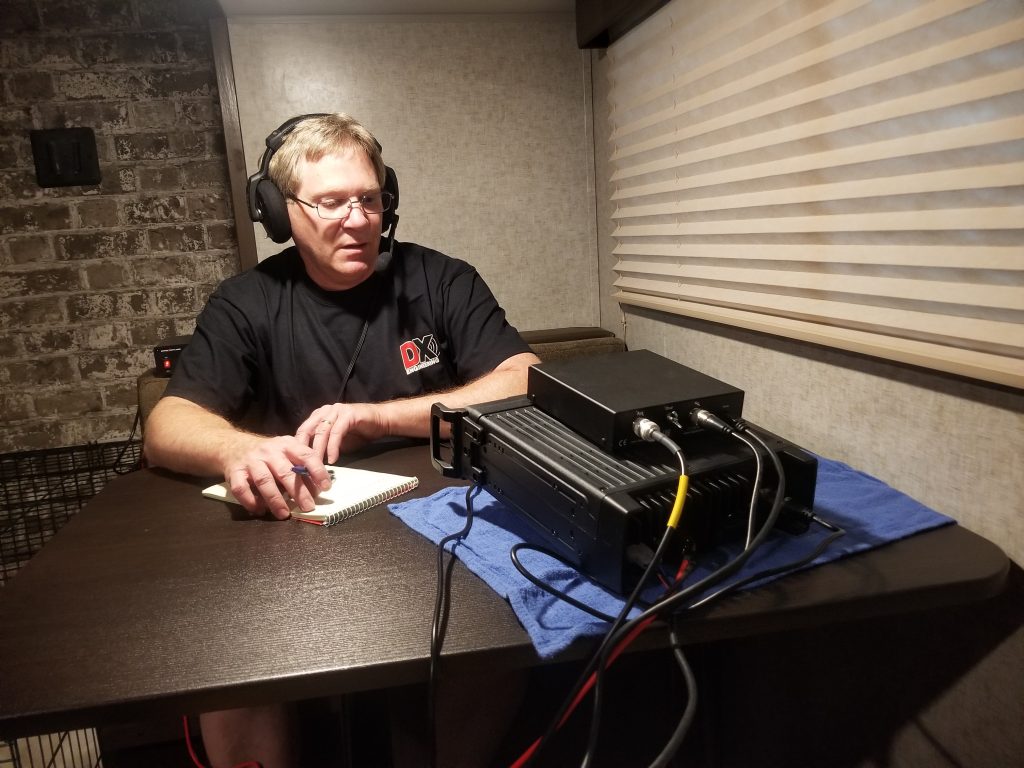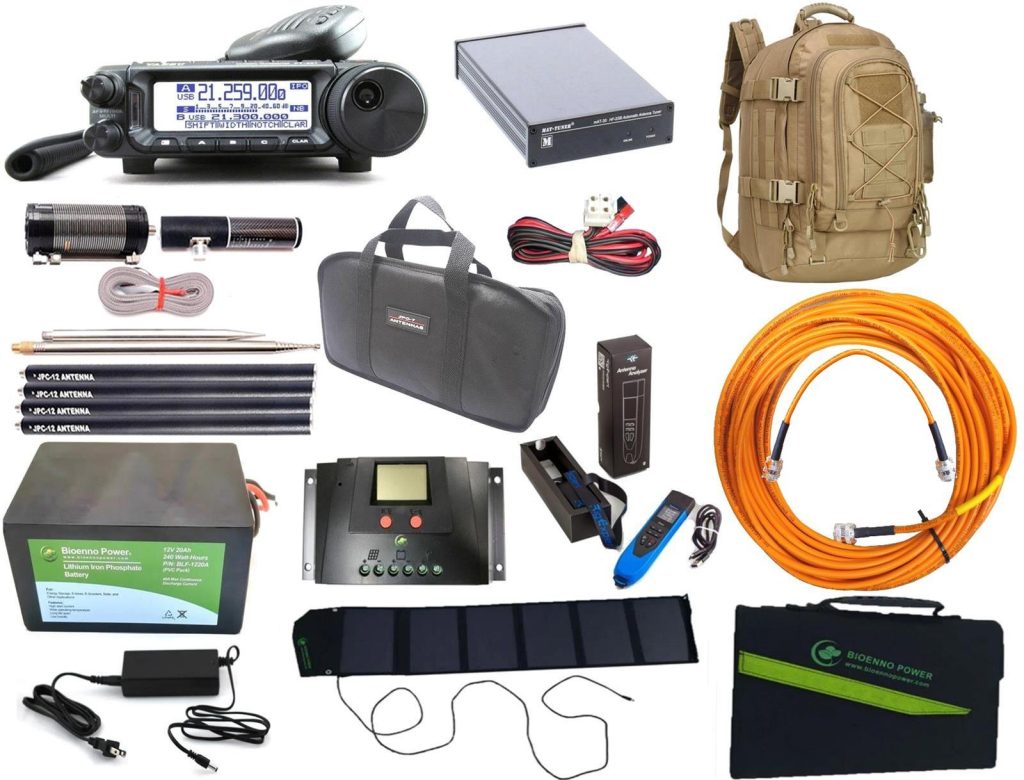Parks on the Air (POTA) has taken the ham radio community by storm. According to POTA’s website, there are more than half a million unique “hunter” call signs participating in this volunteer program that was “first inspired by the outstanding work of Sean Kutzko, KX9X, and Norm Fusaro, W3IZ, from the American Radio Relay League in 2016.”
The POTA phenomenon sprung from the ARRL’s one-year National Parks on the Air program, which gave legs to today’s soaring interest in park activations. Earlier programs such as Ohio State Parks on the Air, which celebrated its 17th year in September 2024, provided inspiration and operating details for the National Parks event.
As of this posting, the list of available POTA locations includes 11,668 parks in the U.S., 5,915 in Canada, and 8,523 in Australia, with new spots being added weekly. At any given time, scores of parks around the world—from North Carolina’s Blue Ridge National Parkway to Sweden’s Kungsbro Nature Reserve—are ripe for keen park hunters (click here to see what parks are on the air right now).
Since its founding, Parks on the Air has captured the imagination of young and seasoned operators, both park activators and hunters, to the tune of several million QSOs. Activators have embraced both the challenges and sheer enjoyment of making contacts amidst views you simply can’t get from inside a shack:

“Parks on the Air combines a few of my favorite things—ham radio, the outdoors, and, if the conditions are right, the occasional pileup,” DX Engineering’s John Miller, KJ3X, told OnAllBands back in 2019 when the program was getting its foothold.
“Parks on the Air brings publicity to amateur radio, and amateur radio brings publicity to parks that normally might be overlooked. I’ve made contacts with people who never knew a particular park existed and have since visited that location.”

POTA Resources
The ARRL’s 144-page reference guide, “The Parks on the Air Book“, is an excellent source to launch your POTA pursuits. Available at DXEngineering.com., the paperback features a look at how 14 operators, representing a range of skill levels and backgrounds, set up and handle their park activations, including gear lists of each. The book also covers satellite operating, QRP, urban backpack portable, wire antennas for POTA, and more.
“Just a very informative book,” in the words of one customer.

We also highly recommend visiting POTA’s website to read “Getting Started with POTA.”
Still not convinced to add POTA to your list of ham radio activities? OnAllBands put together the following list.
10 Reasons to Give POTA a Try
- POTA activations are an easy way to hold your own mini-DXpedition. Ever wanted to be a station in demand without having to traipse halfway around the globe? POTA is your answer.
- It doesn’t require a mega-station to make contacts. For a modest investment you can start making QSOs from a park on day one.
- With thousands of qualified sites, finding one within a reasonable driving distance shouldn’t be too difficult (this, of course, depends on where you live). How about picking a new spot every couple of months for a weekend getaway with the family or significant other?
- While you may experience pileups, it’s still low pressure. Handle what you can based on your capabilities and improve your skills the more activations you take on.
- Even if you don’t set the airwaves on fire, you’ll get to enjoy the foliage, an infusion of vitamin D, and perhaps some curious wildlife observing you from behind a tree.
- Become an ambassador for ham radio. “Hey, what’s all this stuff you’ve got here? Looks like a blast,” someone—or perhaps dozens of folks—will undoubtedly inquire. It’s your chance to show them (without overdoing it) why ham radio is the greatest hobby in the world.
- Like a personal Field Day adventure every time you set up, POTA is a great opportunity to experiment with a new antenna, QRP operation, and alternative power sources as you free yourself from the confines of the shack.
- POTA offers plenty of achievable operating milestone awards for hunters and activators.
- It will help you become a better operator, especially from an EMCOMM perspective. From the POTA website, the program is meant to encourage “amateur radio operations that promote emergency awareness and communications from national/federal and state/provincial level parks.”
- The best reason of all—POTA operations are fun. After all, isn’t that why you spend hours thinking about refining your stations, getting on the air, and filling your logbooks?
In addition to “The Parks on the Air Book”, DX Engineering carries the gamut of POTA-friendly gear you’ll need to assemble the portable station that best fits your goals and budget, including:
- Transceivers
- Portable antennas from Bushcomm, Chameleon, Chelegance, Comet, DX Engineering (see TW Antenna package below), REZ, and more
- Telescoping portable masts, including DX Engineering’s Premier Telescoping Carbon Fiber Masts
- Bioenno Power LiFePO4 batteries; battery chargers; battery/charger combos; solar panels and solar charge controllers; and solar panel, charge controller, and battery packages
- Headsets
- POTA Kits (below)

Yaesu FT-891 HF+50 MHz POTA Kit (DXE-POTA-1)
Watch Tim Duffy, K3LR, DX Engineering CEO, interview Jeff, KB8ZWT about DX Engineering POTA kits, the SOTAbeams Bandhopper portable dipole antennas, and SOTAbeams compact mini-masts.
Check out these related POTA articles from OnAllBands:

